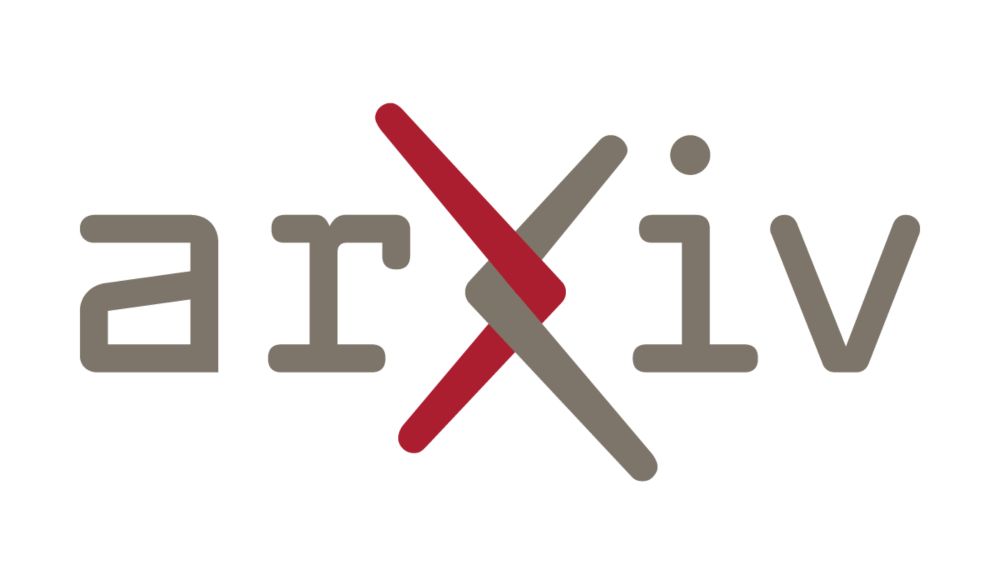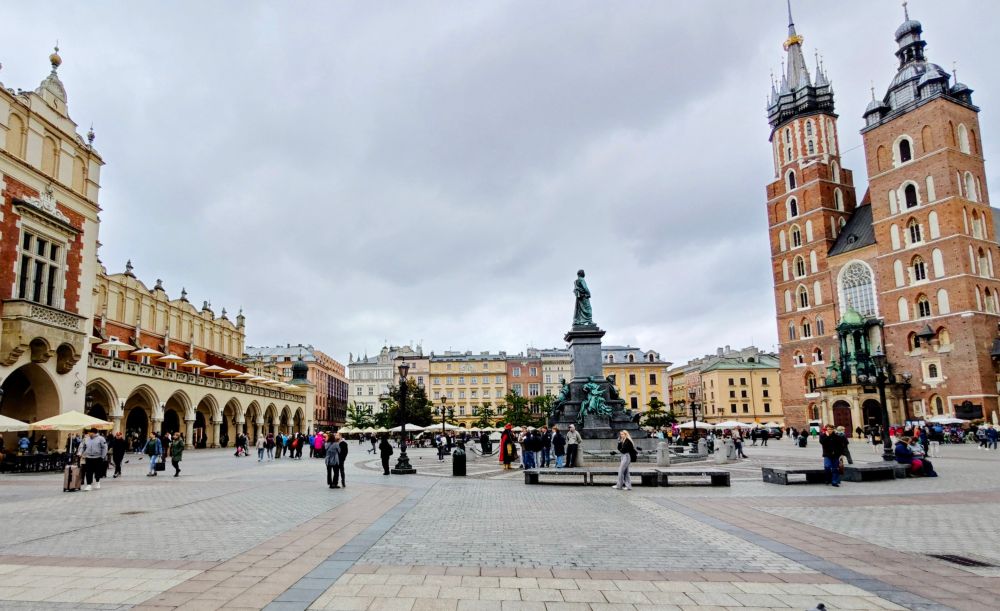Alexander Jahn
@physicistalex.bsky.social
390 followers
270 following
120 posts
Junior research group leader in Berlin. Working in the borderlands of quantum information, condensed matter physics, and string theory.
Posts
Media
Videos
Starter Packs
Reposted by Alexander Jahn
Alexander Jahn
@physicistalex.bsky.social
· Aug 31
Alexander Jahn
@physicistalex.bsky.social
· Aug 29
Alexander Jahn
@physicistalex.bsky.social
· Aug 25

Emergent statistical mechanics from properties of disordered random matrix product states
The study of generic properties of quantum states has led to an abundance of insightful results. A meaningful set of states that can be efficiently prepared in experiments are ground states of gapped ...
arxiv.org
Alexander Jahn
@physicistalex.bsky.social
· Aug 25
Alexander Jahn
@physicistalex.bsky.social
· Aug 25
Alexander Jahn
@physicistalex.bsky.social
· Aug 25
Alexander Jahn
@physicistalex.bsky.social
· Aug 25

Emergent statistical mechanics from properties of disordered random matrix product states
The study of generic properties of quantum states has led to an abundance of insightful results. A meaningful set of states that can be efficiently prepared in experiments are ground states of gapped ...
arxiv.org
Alexander Jahn
@physicistalex.bsky.social
· Aug 25
Alexander Jahn
@physicistalex.bsky.social
· Aug 25
Alexander Jahn
@physicistalex.bsky.social
· Aug 25
Reposted by Alexander Jahn
Matt Green
@mattgreencomedy.com
· Aug 16
Alexander Jahn
@physicistalex.bsky.social
· Aug 11










